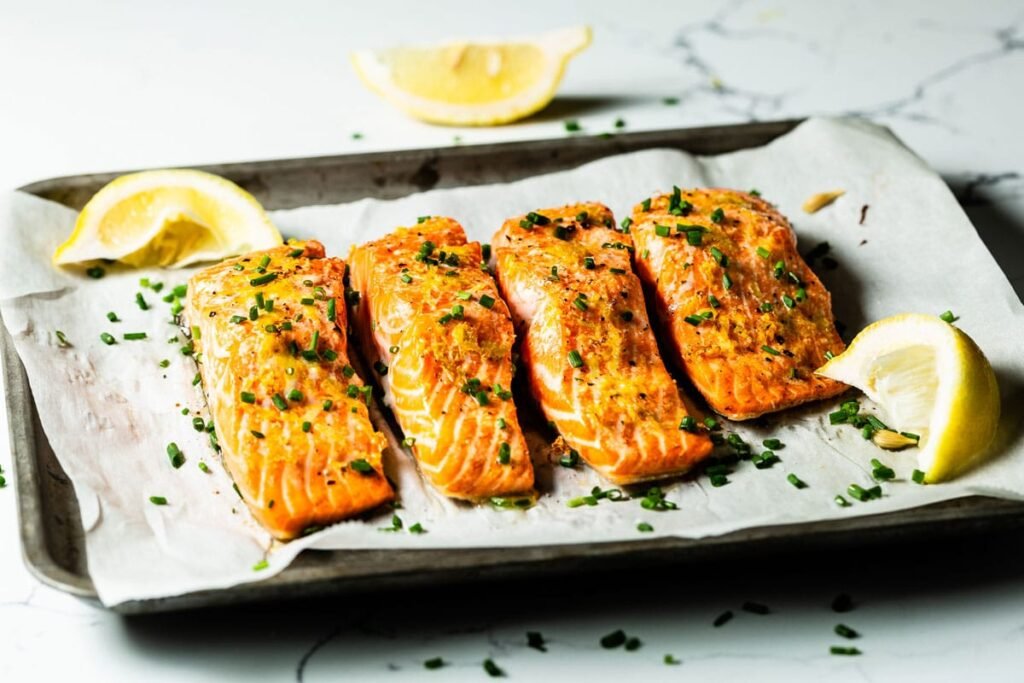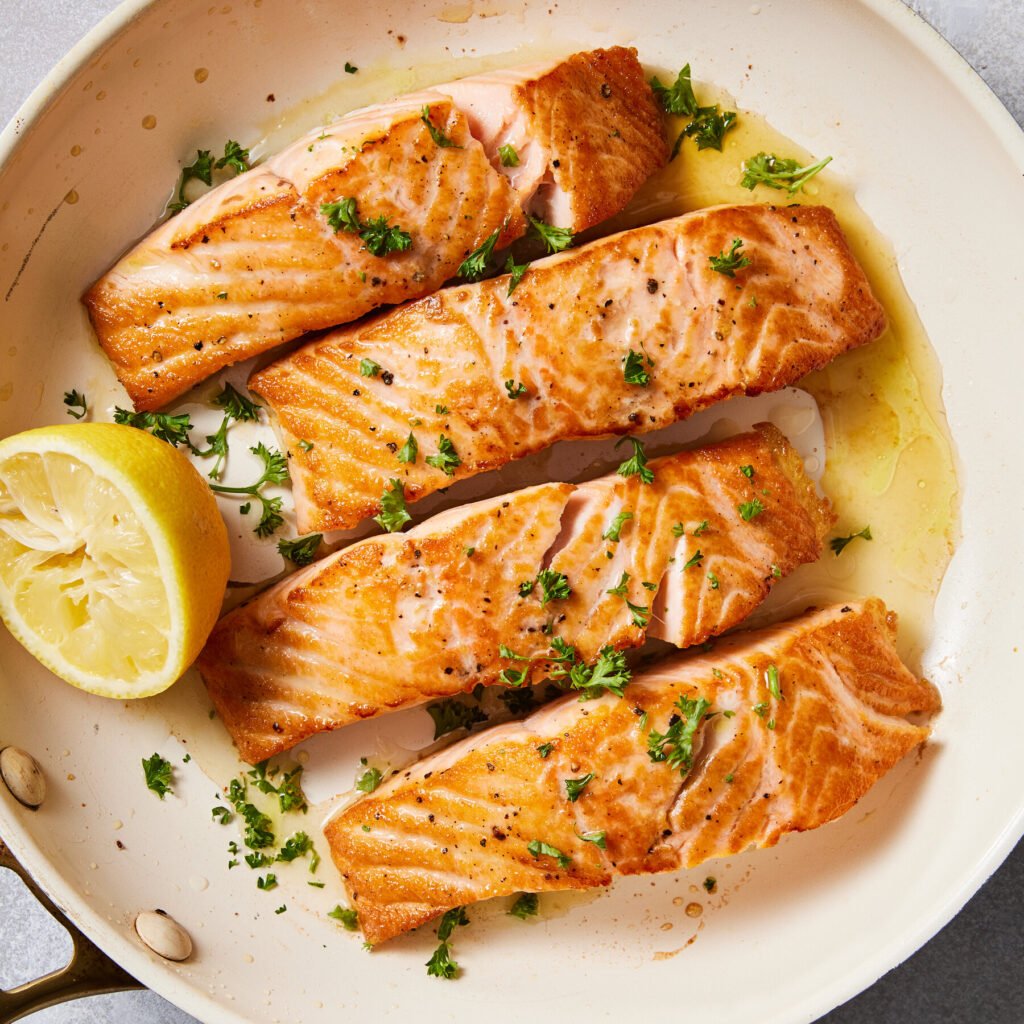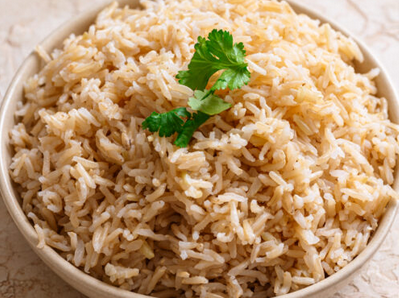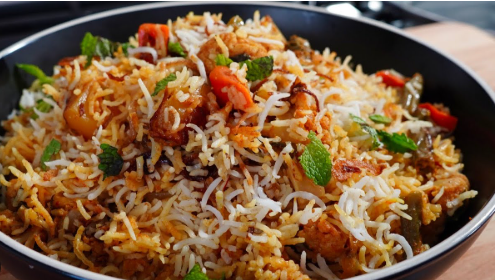In the pursuit of culinary mastery, few proteins test both technique and timing like salmon. Understanding how to cook salmon in a pan is not simply about heat and seasoning—it’s a dynamic interplay of temperature, texture, and transformation. When approached with intention, this process results in a crisp-skinned, moist-centered triumph of flavor.
Chapter 1: Selecting the Ideal Salmon
Before unraveling the process of how to cook salmon in a pan, it’s imperative to start with optimal fish. Chef Frank Proto, a professional culinary instructor, recommends farm-raised salmon for its higher fat content and resilience to overcooking. Unlike wild-caught varieties, farm-raised salmon remains forgiving in pan conditions, allowing more consistent results.
Begin with a visual inspection. A vibrant pink hue signals freshness. Any greying indicates age—discard immediately. Next, the olfactory test: fresh salmon should emit the gentle aroma of the sea, not an overpowering fishiness. A quick tactile test—smooth, residue-free flesh—is the final checkpoint.

Visit also our other recipe articles:- Easy and Delicious Chicken Tempura Roll Recipe You Can Make at Home
Chapter 2: Pan Preparation and Oil Management
To understand how to cook salmon in a pan properly, recognize the crucial role of oil dynamics. Heat a nonstick or stainless-steel skillet over medium-high heat. Introduce enough neutral oil—like grapeseed or canola—to coat the entire pan base. You’re not aiming to deep fry, but to create an evenly heated foundation.
Chapter 3: Skin Treatment and Seasoning Precision
Moisture management defines success in pan-searing salmon. Season the fish with kosher salt and cracked pepper. Then, use a paper towel to dab the skin dry. Salt extracts moisture—this extra step ensures ultra-crisp skin.
When oil shimmers with subtle smoke signals, you’ve reached searing readiness. Lower the filet into the pan skin-side down, angled away from your body to prevent splatter burns. This side is the presentation side and deserves immaculate treatment.

Chapter 4: The Art of Leaving It Alone
Now begins the most delicate phase in how to cook salmon in a pan—restraint. Resist the instinct to meddle. Salmon will naturally release from the pan once the Maillard reaction is complete. Use tongs—not a spatula—to gently test release readiness. Only when the fish disengages on its own should you attempt to flip.
Chapter 5: Controlled Finish
Once turned, reduce the heat to low. Continue cooking until the center remains pink but fully warmed through. Overcooking the flesh side invites dryness—avoid this at all costs. When the fillet flakes cleanly yet holds its integrity, it’s done. Remove the salmon and rest it skin-side up on a rack to maintain crispness.
Chapter 6: Plating With Elegance
Place the rested salmon atop a simple salad dressed in lemon and olive oil. Optionally, garnish with a lemon wedge. Slice into the filet: note the subtle flake, rosy interior, and audible crackle of crisp skin. That’s the signature outcome of mastering how to cook salmon in a pan.
Final Thought
Cooking salmon is not an act of repetition—it is a dance with timing and sensory response. By internalizing each step and trusting your ingredients, you won’t just make dinner—you’ll engineer excellence.

